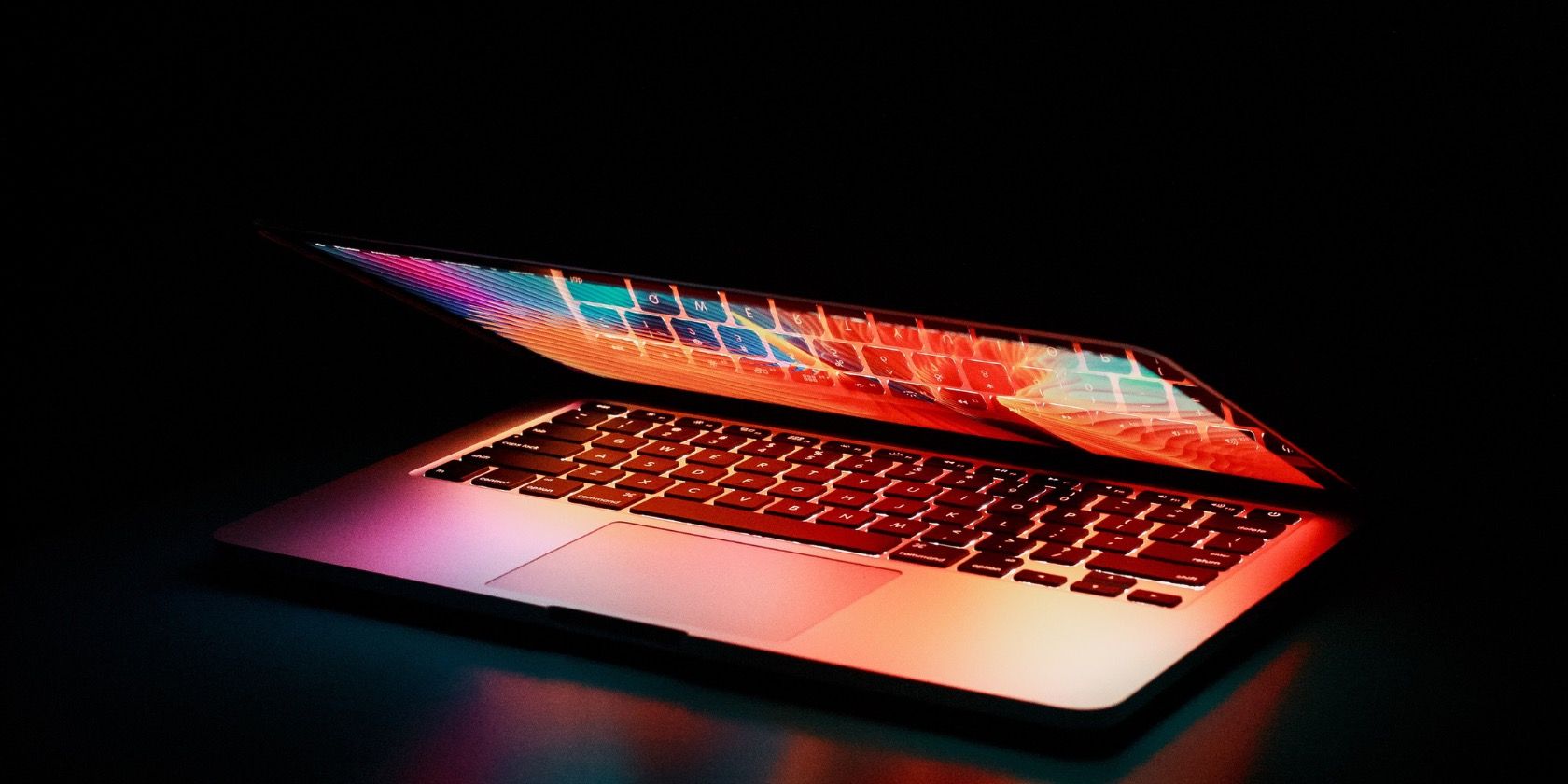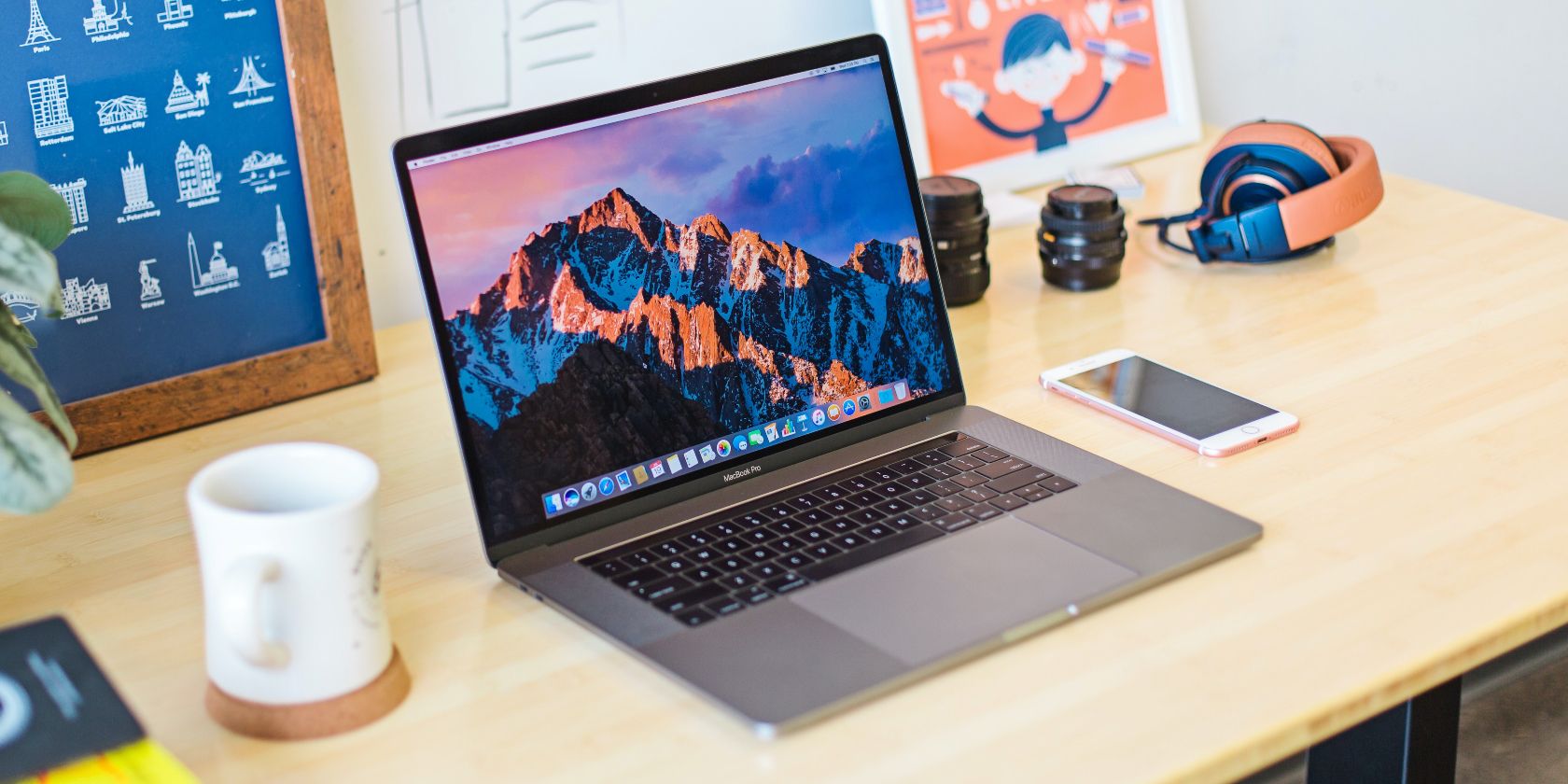If you’re ready to take your photo editing seriously, you might consider purchasing a new computer. While most modern devices are compatible with complex image editing software, they’re not all equal.
When picking a computer to edit your pictures on, you’ll need to consider several factors. Good screen resolution will enable you to make more rational alterations, and you won’t need to purchase extra accessories with some devices.
If you’re unsure where to start when picking a computer for photo editing, you’re in the right place. This article will highlight the things you should keep in mind when getting a computer for your photo editing.
1. Screen Display Quality
Have you ever edited a picture on your computer and noticed that it looks different after you’ve published it on your smartphone? If you answered yes, you might have differing screen display quality between your devices.
The quality of your screen display plays a crucial role in whether you achieve your desired editing results. Something more modern will allow you to be more moderate with your sharpening and clarity, which might also change how your colors look.
Ideally, you should go for the computer that has the best screen resolution within your price range, but try to go for at least full HD (1920 x 1080).
2. Price
Of course, you shouldn’t skimp on quality. However, pricing is still one of the most important factors to consider when choosing a computer for photo editing.
You can pay in installments for computers and other gadgets. But for peace of mind and simplicity, you should endeavor to purchase the device up-front instead.
If you want to buy a computer that’s more expensive than what you can currently afford, you can create a savings plan to ensure that you can get it before too long. Alternatively, you can look at getting a refurbished or second-hand device.
If you’re a student and want an Apple computer, you can use the Apple Student Discount.
3. Storage
If you plan to edit photos, you’ll need to remember that file sizes are typically quite large—especially if you’re editing RAWs rather than JPEGs. As such, you’ll need a computer with good storage.
Many modern computers have pretty significant storage space. You probably don’t need a device with 500GB or upwards, but at least 256GB is a smart choice. In most cases, you will transfer the files to your computer—but save the edited pictures on an external hard drive.
If you're thinking about getting a new external hard drive, you should go for something with at least 1TB of storage. That way, you can store all your edited images without worrying about running out of space.
4. Additional Accessories You Might Need
When purchasing a computer for photo editing, you might need to factor in more than just the cost of the device. Depending on the model you buy, you may have to get extras to edit your pictures with.
The newer MacBook Pro devices are a prime example. Many have a USB-C port, meaning you must get an adapter to connect. And to transfer the image files to your computer, you will also need to purchase an SD card reader.
These accessories can easily add $50 or more on top of what you paid for the computer on its own. So, it’s worth researching whether you need them beforehand. If you do, add a little room for maneuver in your budget.
5. Computer Performance
Photo editing tools like Photoshop and Lightroom put a lot of strain on your computer. If you’ve tried editing pictures on a computer with limited processing capabilities, you’ll know how stressful it is. The same is true if your device is low on storage.
When picking a computer for photo editing, you’ll want to choose a device that can process programs like those mentioned above. Using a device that has a larger random access memory (RAM) will help you get your edits done quicker, and you also won’t need to worry about frequent app crashes.
If you plan to edit a lot of pictures, you might want to consider getting a gaming laptop. Besides performing well when editing photos, you can also use it to create video projects.
6. User-Friendliness
Most people have little interest in getting a computer that’s difficult to use, and the learning curve in such cases isn’t ideal. When choosing a device to buy for photo editing, you’ll want to go for something easy to learn.
Operating systems can be a crucial factor in user-friendliness. However, the best for you will depend on your experience and needs. You will also probably want to pick a device that doesn’t have lots of pre-installed apps and programs that you’ll never use.
The best way to find the most user-friendly computer for you is to try a variety. Consider going to a physical store and seeing how each device you’re considering works in practice.
7. Screen Size
Modern computers come in all shapes and sizes. If you look at MacBooks, for example, you will notice that the average screen is about 14 inches—whereas others go up to 16 inches.
When editing photos on your computer, you’ll need to choose a screen that’s big enough to meet your preferences. Again, this will be subjective. Some people prefer editing their photos on something smaller, whereas others would rather use a monitor.
8. Compactness
When choosing a computer for photo editing purposes, you’ll need to think about where you plan to tweak your images. Do you plan to make changes on the go, or are you happy to make an in-house studio?
If you want complete versatility, getting a desktop computer makes little sense. On the flip side, a larger computer probably makes more sense if you want to tweak your pictures in the same place.
Choose the Perfect Computer for Editing Your Pictures
Choosing the right computer to edit your photos on requires a bit of research. You’ll need to consider your budget, performance requirements, and several other factors.
Fortunately, photo editing software is compatible with multiple devices these days. You should take everything we’ve mentioned into consideration, along with ensuring that the device you choose gets its operating system’s latest software updates.





